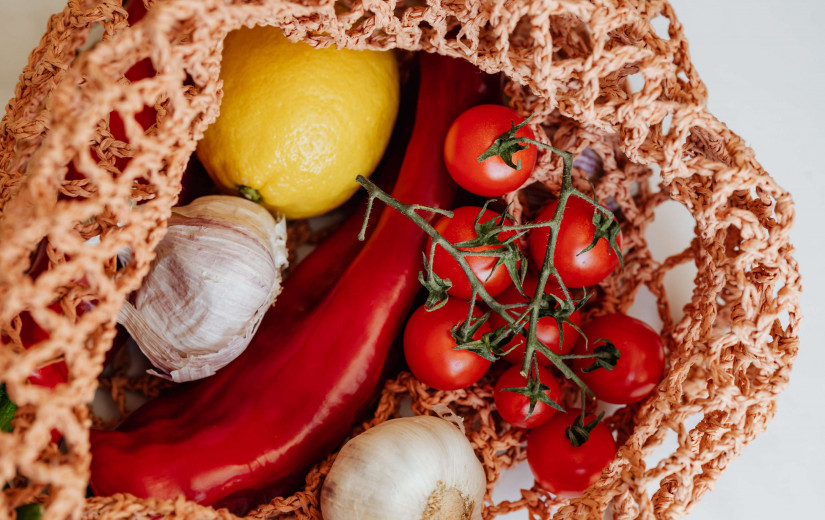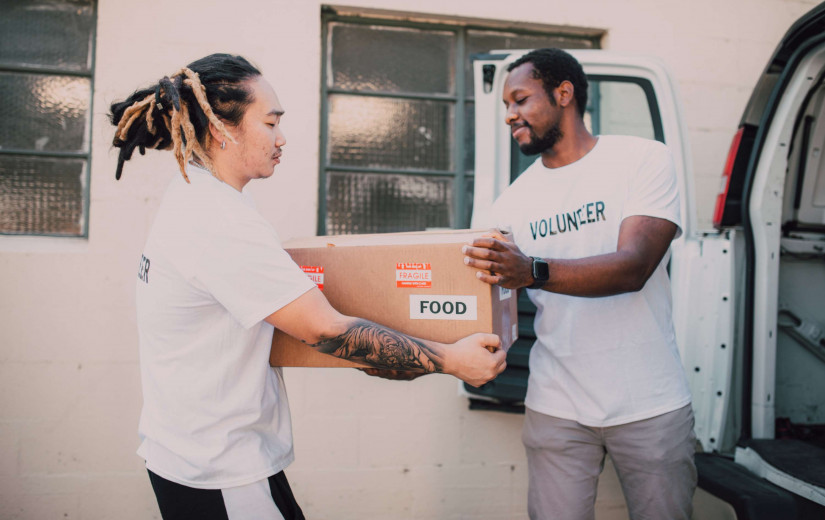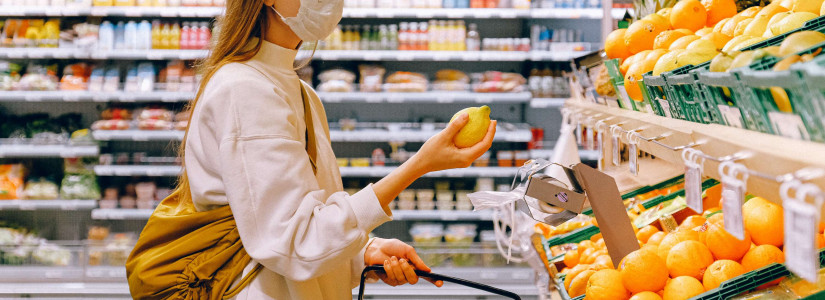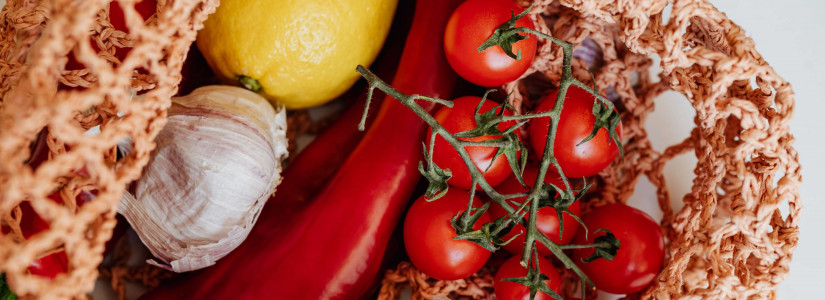Food Stamps: The Nutritional Benefits of Food Stamps to the American Population
Food stamps provide an essential safety net for the American population, ensuring no one goes hungry. But food stamps also offer nutritional benefits, providing low-income Americans access to healthy foods they might not otherwise afford. It helps improve the population's overall health and reduce health care costs. Most people don't know the countless nutritional benefits of food stamps, including the following:
1. Increased Fruit and Vegetable Consumption
According to the USDA, households participating in the food stamp program consume more fruits and vegetables than their counterparts. They use food stamps to purchase fresh produce at farmers' markets and grocery stores.
Unlike buying foodstuffs in other outlets, SNAP's beneficiaries develop the habit of visiting well-stocked stores that offer fresh and healthier foods. Furthermore, SNAP benefits lead to a significant increase in the consumption of fruits and vegetables among low-income households because it allows them to buy more food than they could otherwise afford.
2. Improved Diet Quality
Food stamp recipients have better diets than low-income non-recipients because most successful families consume junk foods, fast foods, and processed foods. However, the food stamp program helps low-income earners access healthier and more nutritious foods. Food stamp benefits cater to fresh fruits and vegetables, lean protein sources, low-fat dairy, and whole grains, all essential for a balanced diet.
On the contrary, those who afford food buy more unhealthy and processed foods because they think areas frequented by SNAP beneficiaries sell cheap food of poor quality. Researchers have discovered that beneficiaries have increased their key nutrient intake, including calcium, iron, vitamin A, and fiber. They also found a decrease in the consumption of unhealthy fats.
3. Reduces Obesity Rates
Food stamp benefits also help reduce obesity rates in low-income households. The repercussions of consuming processed foods and sugary drinks contribute to the country's obesity epidemic. It's very rare to find such problems in food stamp households. Apart from improving eating habits, food stamps encourage families to cook at home more often because they have more money to spend on groceries and less on eating out. Cooking at home is one of the best ways to maintain a healthy weight.
4. Enough Food Storage
SNAP recipients don't access ready-made meals compared to those who don't have the program, which can lead to increased food waste. Besides, they use the benefits to buy spices, oils, grains, and other staples that allow them to cook more meals at home. For this reason, they don't lack the essentials to make a nutritious meal.
5. Improved Health Outcomes
Food stamp recipients have better health outcomes, including low access to alcohol, liquor, tobacco products, and other harmful substances. Due to the restrictions associated with food stamps, people who use these products are less likely to consume them. As a result, they have better health outcomes and improved life expectancy. Most of these people succeed in stopping their unhealthy habits, and they live healthier and longer lives.
6. Fewer Trips to the Doctor
Food stamp recipients also have fewer doctor visits because they live in healthier households. In other words, they are better nourished and have fewer chronic health problems. On the other hand, households with very low food security have higher hospitalization rates for all causes, including mental health problems.
7. Low Crime Rates
Crime rates are lower in areas where food stamps are more prevalent because food stamps provide reliable food access to the needy, reducing poverty and hunger. Experts explain that most crime results from either need or opportunity. People who struggle to meet their basic needs turn to crime to get what they need. On the other hand, when people have what they need, they are less likely to commit crimes.
8. Reduced Self-Medication Habits
One of the most interesting findings from research on food stamps is that they may help people to reduce their reliance on self-medication. Individuals can't use SNAP benefits to purchase alcohol or tobacco, so they may be less likely to use these substances as coping mechanisms. In addition, they can't use them in pharmacies to purchase over-the-counter medications. It may lead to people using healthier coping mechanisms, such as exercise or talking to friends, when they're experiencing stress.
The food stamp program has positively impacted the American population's nutritional health. The program provides low-income families access to nutritious food, which can help improve overall health and reduce the risk of chronic disease. It reduces food insecurity and helps ensure families have enough to eat, helping them stretch their food budgets and improve nutrition and overall health.

















